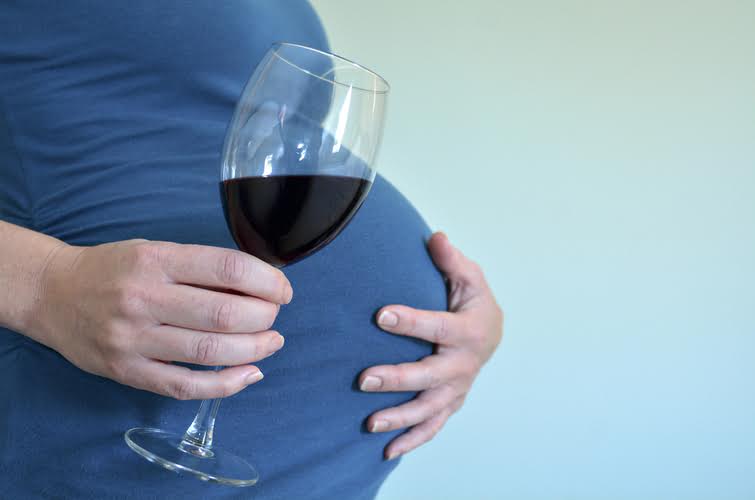Treatment for Vicodin Addiciton: Therapy and Rehab
If you find that you cannot quit using Vicodin in spite of all your efforts to stop, you may want to seek a professional treatment program to help you with your dependence. People addicted to Vicodin may experience withdrawal symptoms when they stop taking it. Hydrocodone withdrawal symptoms include mild effects such as yawning and a runny nose. But they can also include more serious symptoms such as diarrhea and vomiting. The physical and psychological distress that comes along with the withdrawal process often leads to relapse.
Find Drug & Alcohol Rehab Treatment Near You
As your body withdraws from the drug, you may feel as if you have a cold or flu, with a stuffy or runny nose, fever, sweats, chills, nausea, vomiting, and diarrhea. According to the Texas Department of Health and Human Services, the effects of hydrocodone last from four to six hours. The more you know about hydrocodone, the better your chances are of avoiding addiction. As indicated above, some people take Vicodin in a way that they hope will produce a stronger high with a quicker onset.
Physical and behavioral symptoms
It is for adults who have outside commitments and are unable to receive inpatient care. According to the National Institute on Alcohol Abuse and Alcoholism (NIAAA), over 23 million adults in the U.S. have struggled with problematic drug use. If that number isn’t staggering enough, only vicodin addiction 25% of them reported receiving treatment. However, drug addiction—clinically diagnosed as substance use disorder (SUD)—is treatable and, after recovery, can be managed. Ongoing use of the medication can cause physical dependence, increased tolerance, and an increased risk of addiction.
Vicodin Withdrawal and Detox

At the time, the contract said, there was only one other vendor, Pear Therapeutics, that offered an app-based program. (Pear has since gone out of business.) But other digital health companies such as Affect Therapeutics, Chess Health and Q2i also now provide app-based addiction treatment. DynamiCare’s technology blocks the use of its gift cards at liquor stores or for cash withdrawals. The smartphone app also has GPS that can track users’ attendance at appointments. The app was especially appealing, Mahoney said, at a time when treatment programs are short-staffed.
- Once inpatient or outpatient treatment is completed—with short-term care of 28 days and long-term care of 90 days or more—individuals have access to daily virtual recovery meetings via its alumni program, known as “Rooted.”
- In 2012, nearly 1 million people received treatment for their addiction to prescription Painkillers.
- We strive to offer a wealth of information that is both useful and completely accurate in our quest to help people find recovery resources.
Vicodin withdrawals can be intense and painful, and many people will continue using Vicodin just to avoid them. Vicodin is a prescription Painkiller developed for the relief of moderate to severe pain. It is a prescription tablet of Hydrocodone and Acetaminophen (the active ingredient in Tylenol). The Hydrocodone in Vicodin is a Synthetic Opioid, which activates the same neurotransmitters as Opiate drugs such as Heroin.
Effects of Vicodin
Prevention and crisis resources for you or your loved ones.Call or text 988. By Buddy TBuddy T is a writer and founding member of the Online Al-Anon Outreach Committee with decades of experience writing about alcoholism. Because he is a member of a support group that stresses the importance of anonymity at the public level, he does not use his photograph or his real name on this website. In addition, always discard unused medication, including any unused Vicodin pills, properly.
How People Obtain the Prescription Pain Relievers They Misuse – SAMHSA
How People Obtain the Prescription Pain Relievers They Misuse.
Posted: Thu, 12 Jan 2017 08:00:00 GMT [source]
Also used for treating Alcohol Use Disorder (AUD), Naltrexone reduces cravings and also blocks the effects of Vicodin in the case of a relapse. This drug activates the same receptors in the brain as Vicodin, releasing dopamine and https://ecosoberhouse.com/ relieving withdrawals. One of the negative complications of Vicodin abuse is liver damage or failure caused by the Acetaminophen in the drug. Typical cases of liver damage involve doses of 4,000 mg or more a day of Acetaminophen.


